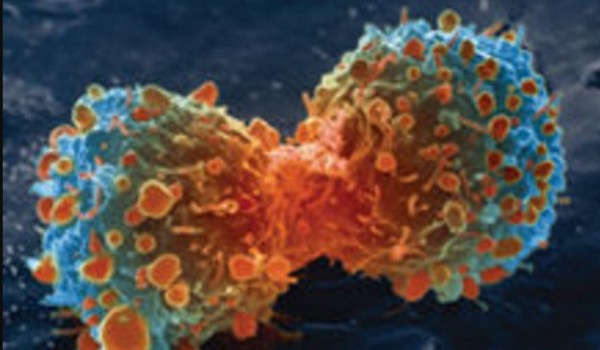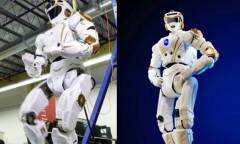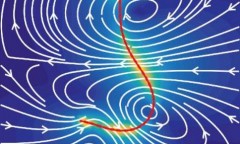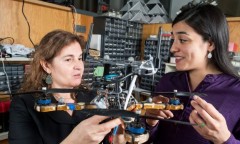By Arthur Dominic J. Villasanta , | March 23, 2017

Cancer cells.
A computer program that can simultaneously detect cancer and identify where in the body the cancer is located from a patient's blood sample has been developed by researchers in the United States.
The program works by looking for specific molecular patterns in cancer DNA that is free flowing in the patients' blood and comparing the patterns against a database of tumor epigenetics from different cancer types, collated by the authors of the study that led to this discovery.
Like Us on Facebook
DNA from tumor cells is known to end up in the bloodstream in the earliest stages of cancer and offers a unique target for early detection of the disease.
"Non-invasive diagnosis of cancer is important as it allows the early diagnosis of cancer. And the earlier the cancer is caught, the higher chance a patient has of beating the disease," said Prof. Jasmine Zhou, co-lead author from the University of California at Los Angeles.
"We have developed a computer-driven test that can detect cancer, and also identify the type of cancer, from a single blood sample. The technology is in its infancy and requires further validation, but the potential benefits to patients are huge."
Professor Zhou said her team built a database of epigenetic markers, specifically methylation patterns, which are common across many types of cancer and also specific to cancers originating from specific tissue, such as the lung or liver.
They also compiled the same molecular footprint for non-cancerous samples so to create a baseline footprint to compare the cancer samples against. These markers can be used to deconvolute the DNA found freely in the blood into tumor DNA and non-tumor DNA.
In this study, the new computer program and two other methods (called Random Forest and Support Vector Machine) were tested with blood samples from 29 liver cancer patients, 12 lung cancer patients and 5 breast cancer patients.
Tests were run 10 times on each sample to validate the results. The Random Forest and Support Vector Machine methods had an overall error rate (the chance that the test produces a false positive) of 0.646 and 0.604 respectively, while the new program obtained a lower error rate of 0.265.
Twenty-five out of the 29 liver cancer patients and 5 out of 12 lung cancer patients tested in this study had early stage cancers, which the program was able to detect in 80% of cases.
Although the level of tumor DNA present in the blood is much lower during the early stages of these cancers, the program was still able to make a diagnosis, thereby demonstrating the potential of this method for the early detection of cancer.
"Owing to the limited number of blood samples, the results of this study are evaluated only on three cancer types (breast, liver and lung)," said Prof. Zhou.
"In general, the higher the fraction of tumor DNAs in blood, the more accurate the program was at producing a diagnostic result. Therefore, tumors in well-circulated organs, such as the liver or lungs are easier to diagnose early using this approach, than in less-circulated organs such as the breast."
The program is described in research published this week in the open access journal Genome Biology.
-
Use of Coronavirus Pandemic Drones Raises Privacy Concerns: Drones Spread Fear, Local Officials Say

-
Coronavirus Hampers The Delivery Of Lockheed Martin F-35 Stealth Fighters For 2020

-
Instagram Speeds Up Plans to Add Account Memorialization Feature Due to COVID-19 Deaths

-
NASA: Perseverance Plans to Bring 'Mars Rock' to Earth in 2031

-
600 Dead And 3,000 In The Hospital as Iranians Believed Drinking High-Concentrations of Alcohol Can Cure The Coronavirus

-
600 Dead And 3,000 In The Hospital as Iranians Believed Drinking High-Concentrations of Alcohol Can Cure The Coronavirus

-
COVID-19: Doctors, Nurses Use Virtual Reality to Learn New Skills in Treating Coronavirus Patients










